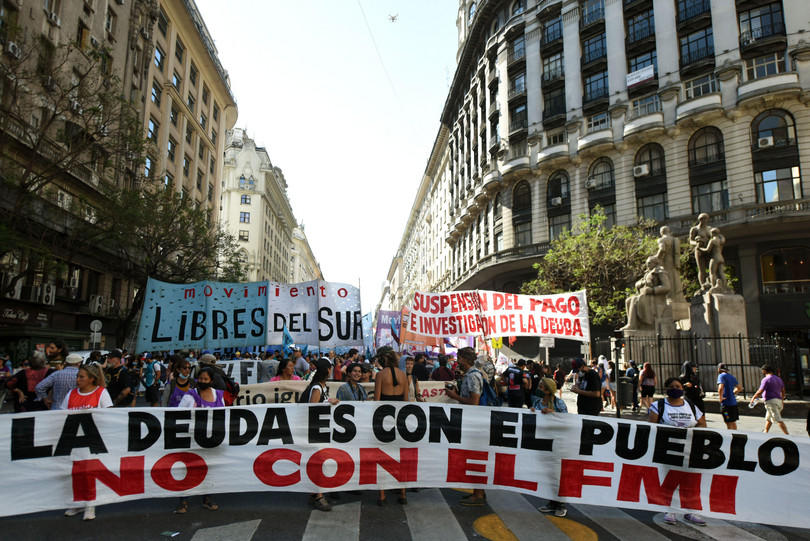Insights from the Global South Government debt and sovereign wealth in the Global South
An exploration of the causes and consequences of sovereign debt, the history of debt crises in these economies, and effective policy solutions.
Author
Authored by Oscar Landerretche (Universidad de Chile).
30 April 2025
Concepts
Concepts in this Insight are related to material in:
- Unit 3, Unit 5, Unit 6, and Unit 9 of The Economy 2.0: Microeconomics and Unit 3 of The Economy 2.0: Macroeconomics
- Unit 3, Unit 5, Unit 6, Unit 10, Unit 14, Unit 18, Unit 19, and Unit 22 of The Economy 1.0.
- Unit 4, Unit 5, Unit 6, and Unit 9 of Economy, Society, and Public Policy.
Recommended reading before starting this Insight:
- Sections 3.2–3.6 of The Economy 2.0: Microeconomics for an overview of the constrained choice model used in this Insight.
Highlights
- A key feature of the economic history of low- and middle-income (LMI) countries is their use of foreign debt. Many governments have used foreign debt to fund their investment in infrastructure, education, and public health with the objective of accelerating their economic growth and social development.
- Policies such as those on foreign debt are subject to intergenerational conflicts of interest, that is, the possibility that decisions made in the present are not in the best interests of future generations. This can result in debt levels that are higher than they would be in the absence of conflicts of interest and make the credibility of states as debtors an issue in international debt markets.
- There is a conflict of interest (the principal–agent problem) at the heart of debt decisions that explains why, sometimes, public officials privilege the welfare of current generations and, hence, contract higher levels of debt than the citizens would prefer.
- Throughout history many LMI countries have suffered from debt crises consisting of situations in which they can no longer service their debt commitments. These crises are usually caused by a combination of unsustainable spending policies and sharp deteriorations in international markets that make it difficult for these countries to earn the international currency they need to repay their debts.
- One of the problems that an LMI country can face when they go through a debt crisis is that the restructuring and renegotiation of the debt gives the government or multilateral institution that is providing the relief the possibility of imposing conditions. Many times, these conditions involve a loss of sovereignty over public policy.
- The history of LMI economy debt crises has generated many international institutions that have been set up to deal with these events and to help restructure the debt levels so that creditors do not lose everything that they invested and the LMI country can come out of the crisis in an orderly way with smaller impacts on its population. Usually, these debt restructuring processes involve a combination of debt reductions (often called ‘haircuts’), new credits, extended due dates, and reduced interest rates.
- Since the 1970s, the nature of LMI-country foreign debt has changed from being an institutional issue between the governments from the Global South and world economic powers or multilateral agencies to a private debt market: first with global commercial banks and more recently with global debtholders. This, in turn, has changed the nature of restructuring processes.
- In the twenty-first century, many LMI nations have benefitted from export booms or rising commodity prices. These countries have seen the need to save part of those surpluses for the future. This has given rise to the establishment of sovereign wealth funds, which generate their own governance challenges.


